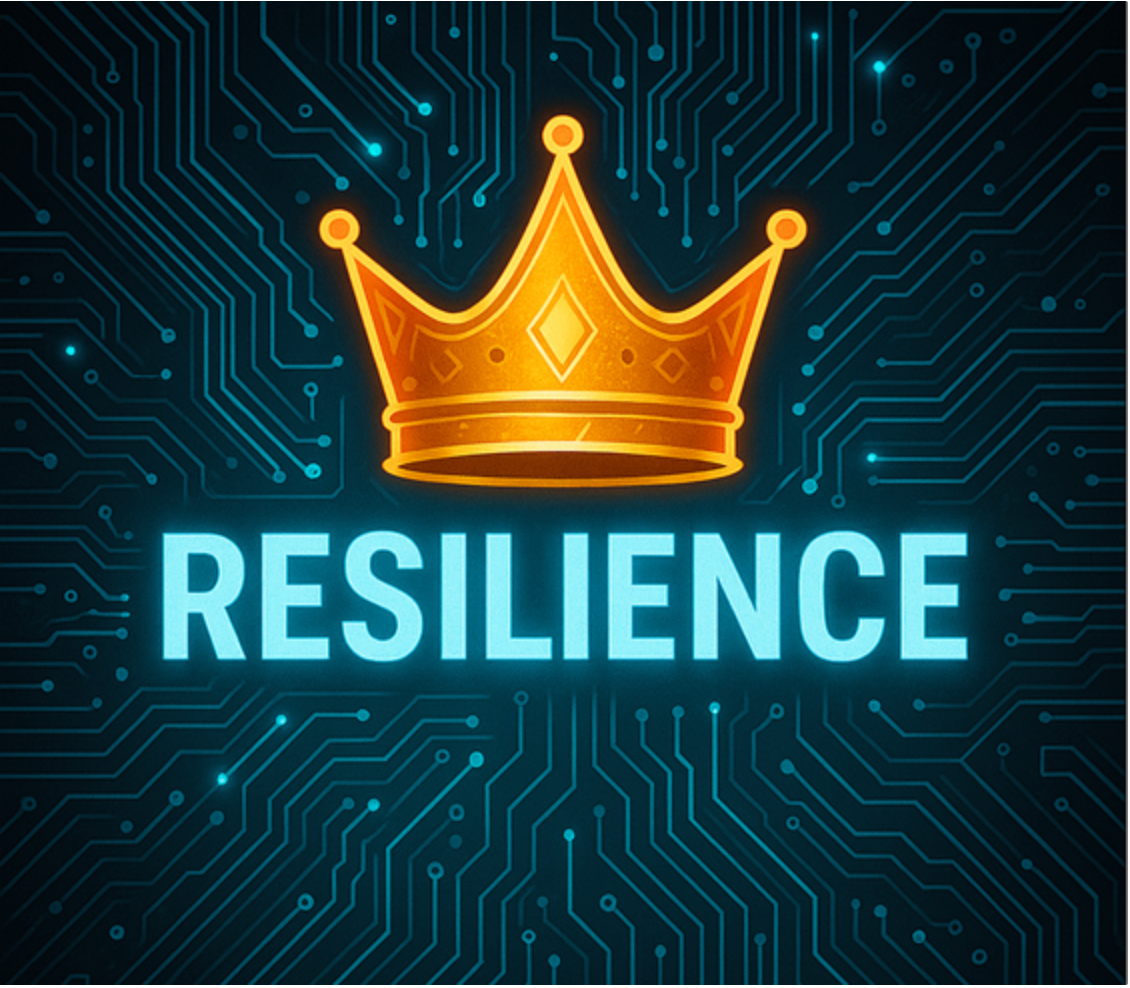Transformation Twists and Turns?
Transformation twists and turns?
For anyone who has undertaken a transformation programme particularly a significant, complex, multi-faceted transformation you will know that there are many twists and turns to ensuring success, particularly if the journey is taken over a number of years.
Key to good transformation planning is making sure you have the support of your stakeholders, the right people in place, and the right resources to make it happen whether that be for example budget or systems, they all need to work in harmony to keep the transformation alive and help pave your way to success. Holding regular reviews is also important i.e. looking back and looking forward, looking inward, as well as outward to make sure you are still on the right path, and you keep pace with the times.
A good illustration of why transformation is important is by looking at a case of a well-known company who enjoyed many years of success, but then failed to transform quick enough with challenging consequences: Kodak. Eastman Kodak (commonly know as Kodak) was incorporated as a business in 1832, and it grew to be one of the leading manufacturers of film and cameras in the world. However, it failed to recognise the significant threat of other competitors particularly in its market’s-movement to digital. This is despite one of its own employees in 1975 developing the world’s first hand-held digital camera, and another employee four years later predicting that a shift to digital photography was inevitable. Kodak executives seemingly ignored the warning signs, the advice given, and sadly it started its transformation journey too late, as over a century later since it began, this once successful company had to file in 2012 for Chapter 11 bankruptcy protection [1] in the United States. A massive decline for a brand and a business who at one time seemed untouchable in its market.
A huge price to pay for taking time to transform.
The story for Kodak however, is not all bleak, as Kodak can be applauded for its tenacity to stay in business. By 2016 it once again started to generate a profit by transforming and restructuring its business.
There are many other business illustrations of failing to transform that I could cite, however Kodak is a memorable example of a business whose longevity unfortunately did not give it licence to move to transform at a slower pace.
A number of key questions arise from this case study and perhaps take stock of your own organisation’s transformation journey:
- Would Kodak be more of a dominant brand for consumers nowadays if it had transformed its business earlier? If it had shifted its consumer film products and services earlier to digital? (it still has a film business with movies).
- Or if it had looked inward, recognising talent, and listening to employees in its own organisation?
- Or if it had looked outward and reacted faster to the competitor threats from Fujifilm or indeed the smartphone and device manufacturers?
- How the picture (pardon the pun!) may have been different today if such a dominant company with a very strong brand, had fine-tuned the twists and turns of transformation to its advantage?
Transformation timing?
We hear often from businesses –
- now is not a good time to transform, or
- we tried that, and it didn’t work, or
- those types of change (e.g. front or back- office administration process automation) works in that business sector but wouldn’t work in ours?
Ask yourself are these just excuses for not taking bold steps to transform or are there genuine reasons for standing still in your organisation?
The key question is can you really afford for your organisation to stand still? As a former CEO we know always said after implementing a successful transformation, ‘there’s more to do.’ In other words, his success was not going to be pinned to the mast of completing the last journey to improvement, but rather looking across the organisation to see how things could be improved further for its customers, its staff and its stakeholders.

Planning ahead, understanding the end-to-end mapping of your transformation, and how it fits across your organisation, can help with the timing of your transformation, whether you transform in a more agile fashion in incremental releases or you go big bang and go live when all the elements are in place is dependent upon your business. More often than not, we see businesses now moving more rapidly with incremental improvements.
Transformation techniques
There are many techniques that can be used to help transform your business. Whether it is the more traditional project, or programme management method you are seeking or continuous/ quality improvement or employing agile principles - whatever the method it needs to fit with the functioning and culture of your organisation.
Turning your Transformation to Triumph
Long gone are the halcyon days where organisations could leave it a few years before thinking about reinvigorating their plans or dusting off their strategy to transform their business. Many companies have fallen foul of not doing so, i.e. looking outward as well as inward on how their business needs to transform with the times.
Transformation can be a journey of many twists and turns, and with the right strategy and plans in place, it can lead to successful, positive outcomes for any organisation. But standing still or delaying business change/transformation is not an option.
Being triumphant in transformation is a big achievement - i.e. delivering the desired outcomes and celebrating success with your team. How you celebrate is whatever fits with your culture – but make sure you celebrate success along the way – don’t just wait until the final deliverable.
At the Human Digital Collaborative, we can offer through our Business Consultancy, transformation experts who can understand your needs and see where we can help in your Transformation journey. Do reach out to us - the Human Digital Collaborative







